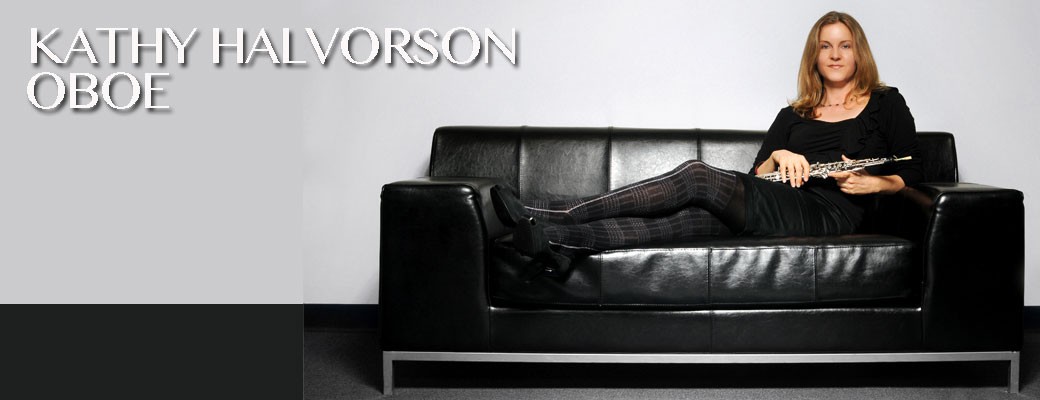A Modern Update on Musical Tradition
Before conducting the inaugural concert of the West Side Chamber Orchestra at St. Peter’s Church in Chelsea on Saturday evening Kevin Mallon said he had been amazed — given the struggles of many orchestras to survive — to receive a call from the oboist Kathy Halvorson about founding a new ensemble.
That Ms. Halvorson and Mr. Mallon had to pay for the concert themselves attests to the fiscal challenges of starting a new arts organization. None of the professional musicians (including the piano soloist) were paid for Saturday’s event.
The orchestra’s mission is to present works from the classical period on modern instruments in a historically informed style, although for Mr. Mallon, a protégé of the early-music specialist John Eliot Gardiner, “authentic is a dangerous term.” He writes in the program book that “we cannot allow a pedantic viewpoint to limit the approach to the music,” noting that in an 18th-century orchestra some musicians might have performed on “period” instruments and others on more modern versions.

One hallmark of historically informed performances can be breathless speed, which this new ensemble avoided in the spacious tempos of its polished and elegantly shaped interpretations. The program opened with the Symphony in F (Op.3, No. 1) by Franz Beck(1734-1809), which Mr. Mallon has recorded with the Toronto Chamber Orchestra for Naxos.
The West Side ensemble, some of whose string players held their bows in the baroque style, offered a spirited performance of this vivacious symphony, illustrating its dramatic hues and rich harmonic language with transparent, buoyant playing.
Mr. Mallon also wrote in the program book that to avoid seeming self-indulgent and romantic, early music specialists sometimes avoid “tempo rubato,” a term often used in the late 18th century that refers to a slight, temporary change of tempo for expressive effect.
In Mozart’s Piano Concerto No. 20 in D minor (K. 466) the pianistFrancine Kay had no qualms about using plentiful rubato, especially in the cadenzas by Beethoven. Her comparatively romantic approach and tendency to milk phrases contrasted with the lean, tauter orchestral playing. She often performed with warmth and insightful touches, but a more sparkling sound might have better complemented the ensemble’s interpretation.
The program concluded with a lithe, polished rendition of Beethoven’s Symphony No. 1 in C, which alludes to the 18th-century traditions of Mozart and Haydn while also breaking new ground.
